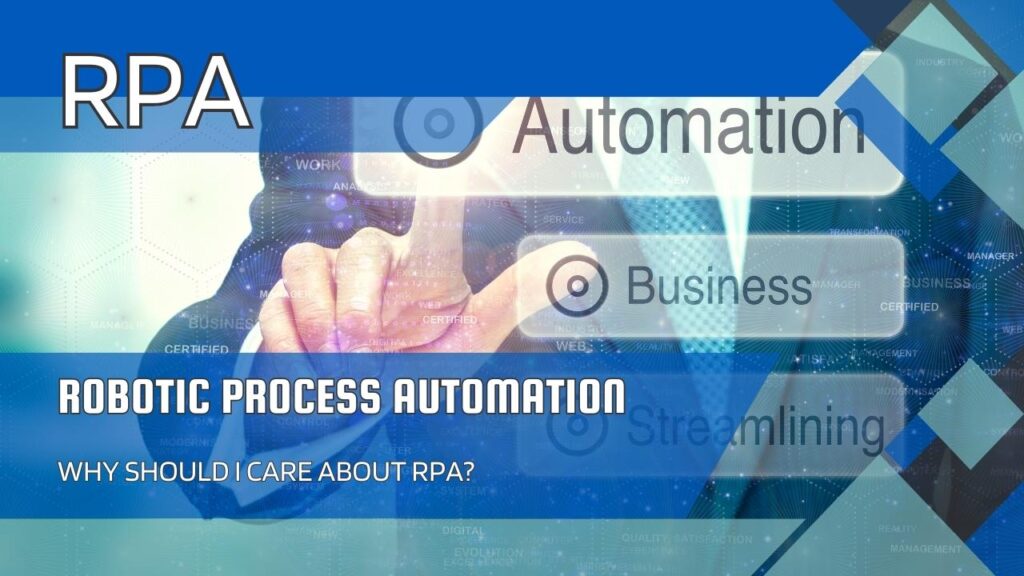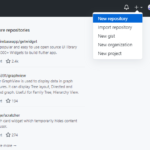We’re going to chat about a technology that’s transforming businesses and workflows across the globe. Yes, we’re talking about Robotic Process Automation (RPA), a hot topic in the tech world these days.

Table of Contents
What is Robotic Process Automation?
Let’s take a moment to unpack this term. The first part, “Robotic“, might make you think of sci-fi movies or AI robots, but in this context, it simply refers to software that can mimic human actions. “Process Automation” means that these software robots can carry out repetitive tasks without human intervention.
In essence, Robotic Process Automation, or RPA, is the use of software robots or ‘bots’ to automate routine, rules-based tasks. These bots are great at following instructions.
They don’t get tired, they don’t take breaks, and they can work 24/7. They’re the perfect employees for mind-numbingly repetitive jobs!
Why Should I Care About RPA?
Let’s face it, nobody likes doing mundane, repetitive tasks. They’re a drain on productivity and morale. That’s where RPA comes in. By automating these tasks, we free up human employees to focus on more important things, like creative problem-solving and strategic planning – stuff that humans are great at and bots… well, not so much.
- Bidding Goodbye to Mundane Tasks: No one relishes the thought of repetitive, monotonous tasks. They can be a significant drain on productivity and dampen employee morale. Enter RPA, the knight in shining armor. RPA takes over these tasks, freeing up your valuable time.
- Enhanced Focus on Higher-Value Work: With RPA shouldering the burden of routine tasks, humans get to channel their energy into what they do best. This could be brainstorming innovative ideas, problem-solving, strategic planning, or relationship building. It’s like providing superpowers to your workforce!
- Boosted Productivity: As RPA bots can work tirelessly 24/7, they accelerate operations, enhancing your organization’s overall productivity. No lunch breaks, no sick days – these bots are the ultimate workhorses!
- Superior Accuracy: RPA isn’t just about upping productivity; it’s also about ensuring precision. Humans, being, well, human, can make mistakes, especially when performing repetitive tasks. But RPA bots are consistent – they follow instructions to the tee, reducing errors and ensuring higher-quality output.
- Better ROI: Implementing RPA typically results in a solid return on investment. By increasing efficiency and reducing errors, RPA can lead to cost savings and increased revenue, contributing to a healthier bottom line.
- Employee Satisfaction: With RPA taking over mundane tasks, employees are likely to find their roles more satisfying, leading to improved employee morale and retention. After all, who wouldn’t prefer to engage in meaningful work over mind-numbing repetitive tasks?
What Can RPA Do?
So you’ve got a grasp on what RPA is, but you may be wondering, “That sounds nifty, but what practical functions can these software bots perform?” Excellent query! Let’s delve into the multifaceted abilities of these RPA bots and how they can revolutionize your workflow.
To begin with, RPA bots are like Swiss army knives in the world of automation. They have a myriad of uses, and their capabilities are only limited by the tasks you assign them. For instance, they excel in filling out forms with precision and speed. Need a pile of customer data entered into a system? Leave it to the bots!
Moreover, if your work involves complex calculations, these tireless RPA bots are on the job. They can churn through large volumes of data, crunch numbers, and deliver accurate results in the blink of an eye. They also excel at file management tasks such as moving files and folders around, ensuring your digital spaces are organized and efficient.
But that’s not all. RPA bots are also adept at copying and pasting data between different platforms. If you’ve ever found yourself manually transferring information from one system to another, you’ll appreciate how much time this can save.
Additionally, they can even handle email management. Yes, you heard it right. They can read, categorize, and respond to straightforward emails, helping streamline your communication processes and ensuring no message goes unanswered.
And the key thing to remember is that these tasks aren’t specific to any industry. They’re universal. This brings us to another compelling aspect of RPA.
Why is RPA Taking the Enterprise Software World by Storm?
Well, the answer is as clear as day when you consider the significant benefits RPA brings and how remarkably straightforward it is to implement compared to other enterprise technologies. This dynamic combination is propelling the rapid adoption of RPA across the globe.
No matter what industry we’re talking about, RPA comes in like a superhero, ready to tackle operational challenges with its robust capabilities. It’s not just the top brass who appreciate RPA – department heads across the board, from finance to customer service, marketing, human resources, and beyond, all give it a thumbs-up. How could they not when it boosts efficiency, speeds up operations, and reduces errors in key processes?
Taking a peek from the CFO’s lens, RPA comes across as a shrewd investment that promises quick returns. It’s like the unicorn of enterprise technology – offering substantial gains without requiring a hefty initial investment.
For tech-savvy IT executives, the introduction of RPA is like a breath of fresh air. It smoothly integrates with their work, causing little to no disruption. Plus, the fact that software robots can effortlessly work within existing, old-school systems makes RPA a critical catalyst for digital transformation. And let’s not forget, modern RPA tools are built for scalability and enterprise-readiness.
The everyday employee sees RPA as a friendly, easy-to-adopt coworker. The cherry on top? RPA’s low-code nature means anyone can wear the developer hat and create their own basic automation. This empowering aspect adds another feather to RPA’s already impressive cap.





